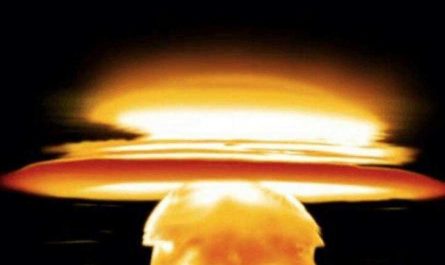Have you ever thought about such a question: Water is clearly transparent, but why can we still see the existence of water?
To understand this problem, we must first find out what attributes must have to be transparent?
In ancient Greece, some people began to think about how people saw things. At that time, some people thought that human eyes shined on things, and then they saw things.
But this is not the case. It was not until the Middle Ages that Arab scholars figured out the principle. Specifically, this is the case, the object can either emit light by itself, or it can reflect light. Then the light enters the human eye. There is a lens in the eye, which is similar to a convex lens. It can image the light emitted or reflected by these objects onto the retina, and transmit the signal through the cone cells in the eye and the nervous system that connects the eye. In the brain, it can make us realize that we have seen something.
But most things in nature do not emit light, and the earth does not. Most things reflect sunlight. But it is not to say that after the sun shines, some light will pass through. We call the ability of light to penetrate the medium as the light transmittance. The light transmittance of water is very strong, most of the light is directly transmitted through, only a small part is absorbed and scattered, the remaining very little light will be reflected back by the water, and only part of the reflected light can finally enter Into people’s eyes.
Human cones need enough photons to perceive objects. When the number of photons is small, it is difficult to perceive them, and they look like transparent.
In fact, if the water is completely still, and the person’s entire field of vision is focused on the water, then it appears that there is nothing, that is, you can’t see it. In fact, as long as the water is completely still and the field of view is on the water, it is difficult to see the presence of water, it is just like air.
There are many similar situations, so I won’t list them all here. Transparency is essentially the absence of any color. The key to a thing’s color is reflection. When external light hits this thing, other light is either absorbed, scattered, or transmitted through, and the remaining light is reflected back, and the reflected light enters the human eye. So, what color the light is, then what color things will be recognized. The leaves we see are green because the leaves reflect green light.
The water can’t see the color is also here, it emits too little light, most of it passes through, so you can’t see any color. You may feel very strange, obviously you can see water in your daily life. So what is going on?
Is it really “water”?
Let’s take glass as an example first. Because glass has a particularly strong light transmittance, glass also looks transparent. If we look at the glass from a far away, we feel as if we have actually seen it. But why do people still bump into the glass in daily life? Where is the problem?
In fact, if a person is close enough to the glass, and the glass is wiped very cleanly, and the person’s field of vision happens to be within the range of the glass, then it is likely that he will feel that there is nothing in front of him and hit him. The problem here is: the interface.
People can see glass from a distance because the glass is connected to other objects. When we see this connecting surface, we can know the existence of glass. When you get too close, you can easily conclude that there is nothing in front of you without seeing this interface.
Water is the same. The main reason why we can see water is that we see the interface between water and other things.
This example of using liquor as an example is obvious. For example, we will P off this interface. Since the wine bottle itself is also transparent, it is difficult to see the presence of water.
If we restore the position of the P drop, we will naturally feel that we see the water, but in essence what we see here is the interface formed by the wine and the bottle.
You can see water in still water because you see bubbles in the water, which is the interface between gas and water. In the same way, the air is exactly what we can’t see, but as long as there are bubbles in the water, we “see” the air. This is also because we see the contact surface between the air and the water instead of actually seeing the air. .
Therefore, transparent things, as long as they are still, and our distance is close enough, and the field of view is limited, then they will not be seen. But if they happen to be changing or are in contact with other colored objects, then we can “see” them, and what we see is essentially the contact surface between them and other things.






